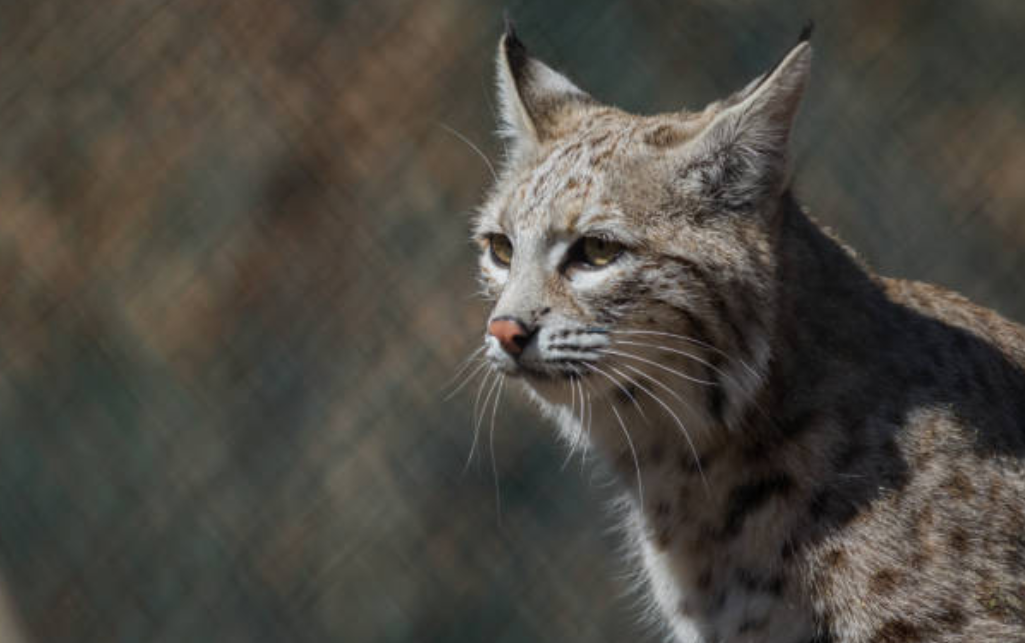Unveiling the Mysterious World of Savage Cat
Oh, let me tell you something fascinating! I recently stumbled upon some mind-blowing facts about savage cats that left me in awe and with a big smile on my face. These majestic creatures are more than just fierce predators; they have a wild side that will captivate your heart. So, let’s embark on this thrilling journey together and explore 10 savage cat facts that will amaze you and bring a smile to your face!
The Mighty Roar of the African Lion
Have you ever heard the earth-shaking roar of an African lion? It’s a sound that reverberates through the savannah and sends shivers down your spine. I had the incredible opportunity to witness this powerful roar during a safari in Kenya. Trust me; it’s a memory I’ll cherish forever!
8 Surprising Reasons Why Chocolate Bad for Cats: Protect Your Feline Friends!
The Sneaky Prowl of the Agile Leopard
I once watched a documentary that showcased the extraordinary agility of leopards. These stealthy cats can climb trees with such grace and poise, making them exceptional hunters. Observing a leopard silently stalk its prey is like witnessing a real-life ninja in action!
The Playful Side of Savage Cat
Despite their ferocious reputation, savage cats have a softer side too. I remember watching a video of a wild tiger playing joyfully with its cubs. It was heartwarming to see the bond between the mother and her adorable little ones.
The Magnificent Cougar – A True American Icon
Did you know that cougars are found in various parts of the Americas? From the rugged mountains of the Rockies to the dense forests of the Amazon, these magnificent cats roam freely. Their adaptability to different habitats is simply astounding!
Meet the Fishing Cat: A Hunter of Waters
Imagine a cat that loves swimming and fishing! That’s the fishing cat for you. I was amazed to learn about this unique species found in Southeast Asia. Their webbed feet and love for water set them apart from other feline friends.
7 Fantastic Ways Hills Cat Food Boosts Your Feline’s Health and Happiness
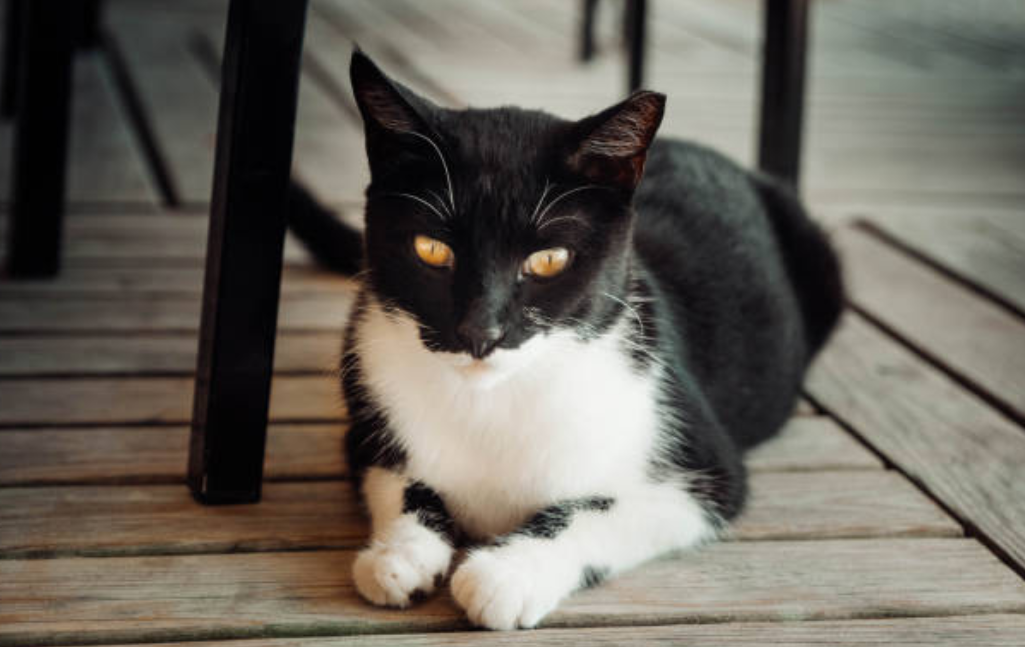
The Elusive Caracal’s Impressive Ear Tufts
If you ever come across a caracal, you’ll notice its striking ear tufts immediately. These beautiful cats use their impressive ears to communicate and precisely locate prey. Their ears are like radars of the wild!
The Struggles of the Endangered Iberian Lynx
It’s heartbreaking to know that the Iberian lynx, a magnificent wildcat native to Spain and Portugal, is critically endangered. Conservation efforts are crucial to protect these graceful creatures and ensure they continue to roam the Iberian Peninsula.
Dispelling Myths about Savage Cat
Savage cats have been the subjects of myths and legends for centuries. However, it’s essential to separate fact from fiction. These cats play a vital role in maintaining ecological balance and deserve our respect and protection.
7 Surprising Facts About Cats Eating Litter: Best Unveiling the Truth Behind Feline Habits
Conservation Heroes: The People Protecting Savage Cat
I came across several conservation organizations working tirelessly to safeguard savage cat populations and their habitats. Their dedication and passion are inspiring, and we can support them in their mission to secure a better future for these majestic creatures.
A Hopeful Future for Savage Cat
Despite the challenges they face, there’s hope for savage cats. Through increased awareness, responsible tourism, and conservation efforts, we can coexist harmoniously with these mesmerizing felines and preserve their rightful place in the wild.
Savage Cat, the most relevant content around the net www.instagram.com, www.facebook.com, www.youtube.com, www.zoominfo.com
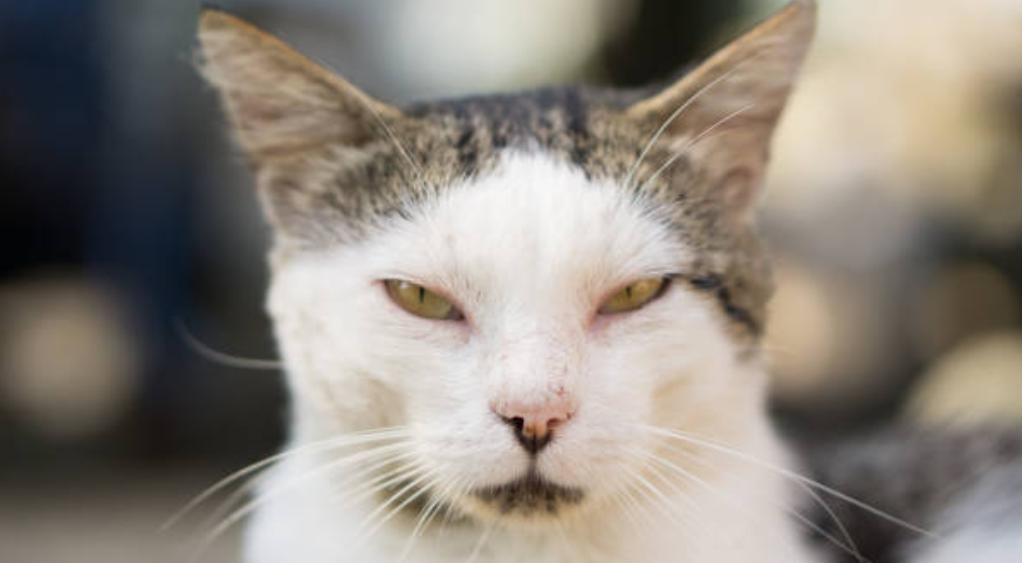
Frequently Asked Questions About Savage Cat
1. What defines a savage cat?
A savage cat typically refers to large, wild felines known for their predatory nature and hunting prowess. They include species such as lions, tigers, leopards, cougars, and more. These magnificent creatures are apex predators in their respective ecosystems, playing a vital role in maintaining ecological balance.
2. Do savage cats make good pets?
While some people might be drawn to the idea of keeping a savage cat as a pet, it’s essential to remember that these animals have specific needs and instincts that are challenging to meet in a domestic setting. Moreover, many savage cat species are protected by laws due to their endangered status, making it illegal to keep them as pets.
3. What is the biggest savage cat?
The Siberian tiger holds the title of the largest savage cat, with males weighing up to 700 pounds and measuring over 10 feet in length, including their tail. These majestic tigers are found primarily in the forests of Russia and parts of China.
4. How do savage cats communicate?
Savage cats use various vocalizations, body language, and scent markings to communicate. Roaring, growling, purring, and hissing are common vocalizations used for different purposes, such as asserting dominance, warning rivals, or attracting mates. Additionally, their body postures and tail movements convey emotions and intentions.
5. Are savage cats endangered?
Yes, many savage cat species are classified as endangered or vulnerable due to habitat loss, poaching, and human-wildlife conflicts. Tigers, for instance, have seen a significant decline in their populations. Conservation efforts are crucial to ensure the survival of these magnificent creatures for future generations.
10 Essential Tips for Successful Kitten Feeding: Cool Comprehensive Guide
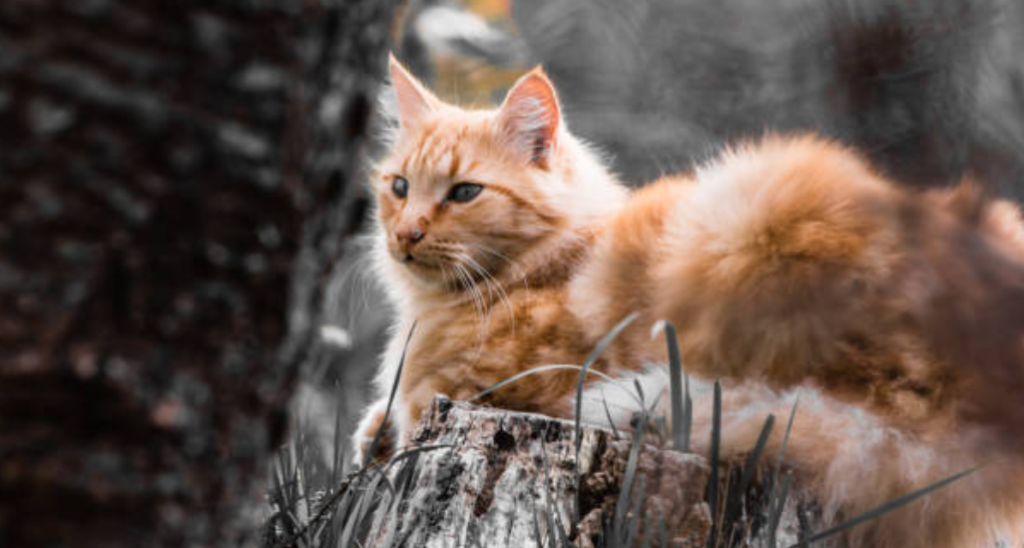
6. How fast can a savage cat run?
Savage cats are incredibly agile and fast runners. For instance, cheetahs, the fastest land animals, can reach speeds of up to 60-70 miles per hour during short bursts while chasing prey. Other savage cats like lions and leopards can run around 35-50 miles per hour.
7. How much do savage cats sleep?
Savage cats are crepuscular or nocturnal hunters, meaning they are most active during dawn, dusk, or nighttime. They can sleep up to 15-20 hours a day, conserving their energy for hunting and territorial activities.
8. What do savage cats eat?
Savage cats are carnivores, and their diet primarily consists of meat. They prey on various animals, including ungulates like deer and antelope, smaller mammals, birds, and sometimes fish. Their hunting abilities and powerful jaws make them efficient predators.
9. How long do savage cats live in the wild?
The lifespan of savage cats varies by species and their living conditions. In the wild, the average lifespan of most savage cats ranges from 10 to 20 years, depending on factors such as habitat quality, availability of prey, and threats from humans or other predators.
10. Can savage cats be trained?
Savage cats possess strong instincts and independence, making training challenging like domestic cats or dogs. While some individual animals might exhibit limited trainable behaviors, their wild nature remains ingrained, making them unsuitable for typical pet training.
10 Surprising Facts About Cats Eating Dog Food: Best Complete Guide
Conclusion
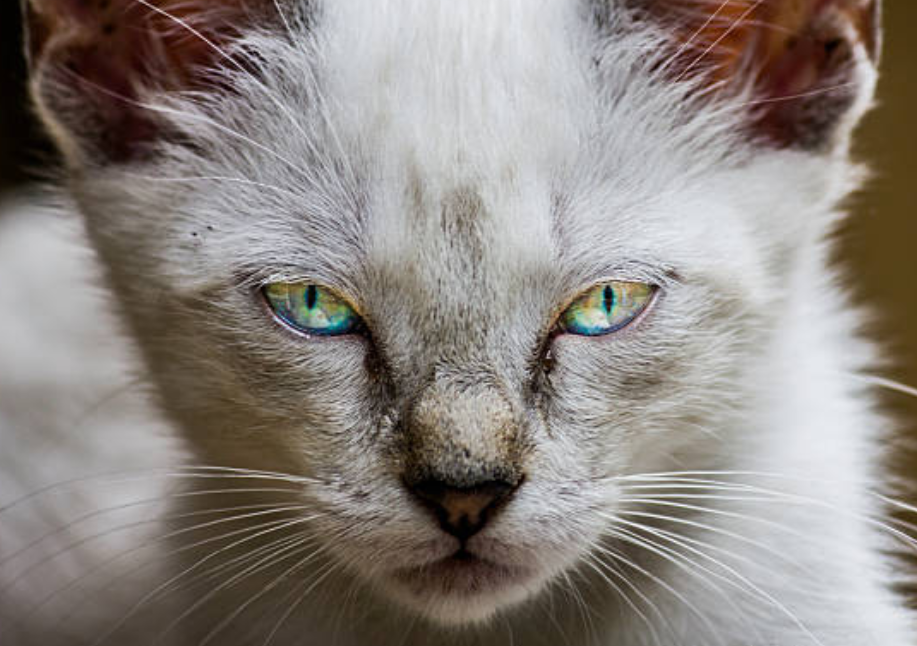
Embracing the Wonder of Savage Cat
I hope these amazing facts about savage cats have left you as enthralled as I am! From the thundering roars of lions to the graceful leaps of leopards, these cats never cease to amaze and put a smile on our faces. Let’s cherish and protect these wonders of the wild, ensuring that future generations can also experience the beauty and magic of savage cats!
10 Essential Tips for Managing Cat Litter in Pregnancy: Best Comprehensive Guide
Your thoughts and opinions matter to us! We invite you to be a part of our vibrant community by leaving your valuable comments and feedback on our articles. We are eager to hear your perspectives, personal experiences, and additional insights related to the topics we cover. Whether you agree, disagree, or have further questions, your comments contribute to enriching the conversation and fostering a positive learning environment. So, don’t hesitate to share your thoughts below each article and engage with fellow readers. Let’s create a space where ideas flourish and meaningful discussions thrive. Your voice is essential, and we can’t wait to read what you have to say!
